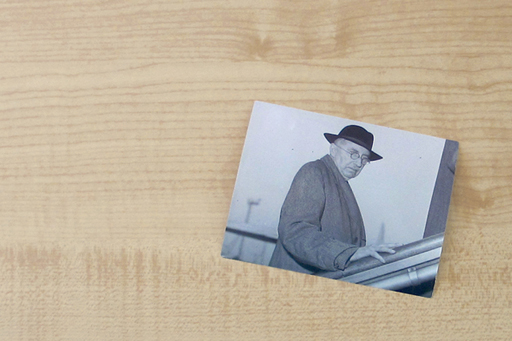4.2 What is plot?

How do you get from making notes for a story in your journal to thinking up a suitable plot line? The novelist E.M. Forster (1927) explains this very clearly.
He describes a story as ‘a narrative of events arranged in their time-sequence’ and a plot as ‘also a narrative of events, the emphasis falling on causality’ (Forster, 1927, p. 87).
For example, ‘The king died, and then the queen died’ is a story. ‘The king died and then the queen died of grief’ is a plot.
This is because there is a reason given for the queen dying. In a story, someone dying is not in itself interesting. It is the reason for the death that fascinates the reader, especially if the reason is connected with something that has happened to, or been done by, another character.
Readers are well tuned to guessing and imagining causes just from the details they perceive in the story. With this in mind, even the smallest recorded observations can be relevant.
For example: ‘A woman on a bus today carried her Pekinese dog inside her handbag. It had a red bow on its head that matched her sweater.’
This short description of a real person could be the starting point for a fictional character. Imagine:
- Who might she have been?
- Where was she going?
- What did her appearance suggest about her mood or state of mind?
- How old was she?
- How did she live?
In answering these questions you are starting to build a concrete sense of character. You are starting to get a story.
